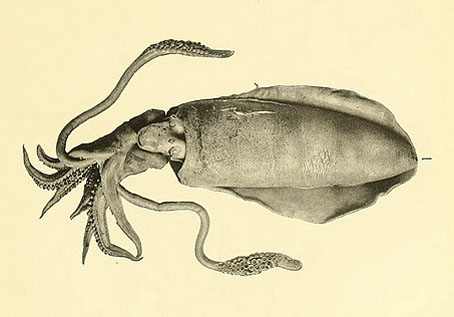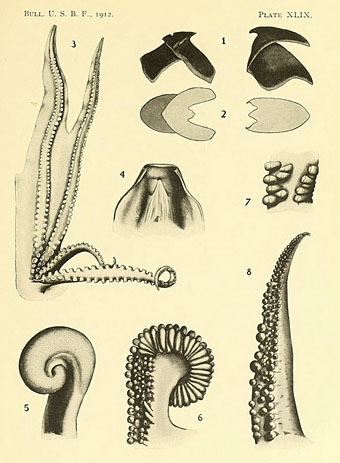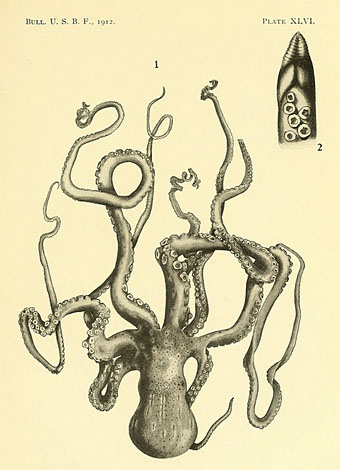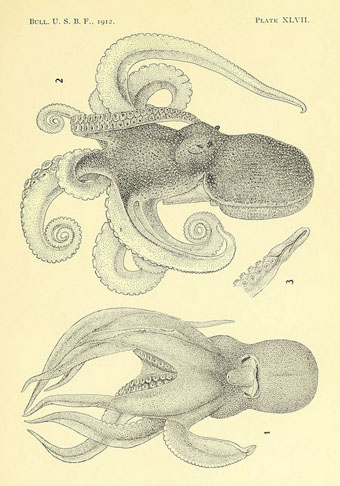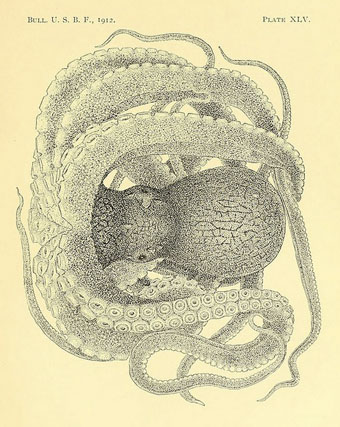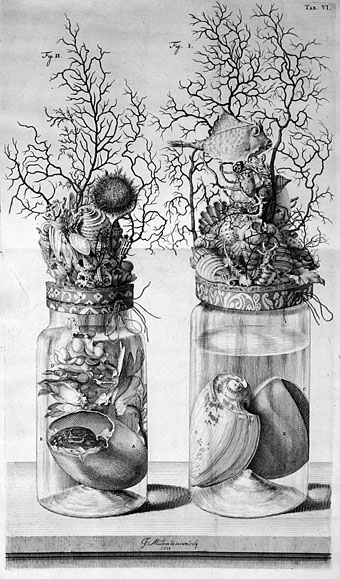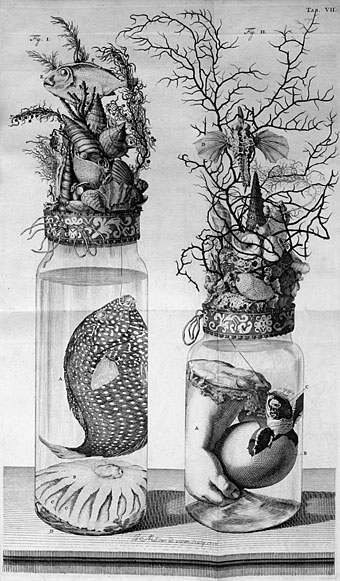
Man is But a Worm by Edward Linley Sambourne (1882).
Happy birthday Charles Darwin. The reaction to Darwin’s work from Punch and other journals was typical. While his studies remain controversial among those who believe there were dinosaurs on Noah’s Ark, his life and work are now celebrated on the Bank of England’s Ten Pound Note (but with the wrong kind of bird, it seems). Dogmatists take note: the Vatican is no longer on your side:
Father Giuseppe Tanzella-Nitti, Professor of Theology at the Pontifical Santa Croce University in Rome, said that Darwin had been anticipated by St Augustine of Hippo. The 4th-century theologian had “never heard the term evolution, but knew that big fish eat smaller fish” and that forms of life had been transformed “slowly over time”. Aquinas had made similar observations in the Middle Ages, he added.
He said it was time that theologians as well as scientists grappled with the mysteries of genetic codes and “whether the diversification of life forms is the result of competition or cooperation between species”. As for the origins of Man, although we shared 97 per cent of our “genetic inheritance” with apes, the remaining 3 per cent “is what makes us unique”, including religion.
“I maintain that the idea of evolution has a place in Christian theology,” Professor Tanzella-Nitti added.
Edward Linley Sambourne provided Punch with many caricatures of Victorian notables including the famous one of Oscar Wilde undergoing his own process of evolution by turning into a sunflower.
• Dawkins on Darwin
Previously on { feuilleton }
• “Weirdsley Daubery”: Beardsley and Punch
• The Poet and the Pope
